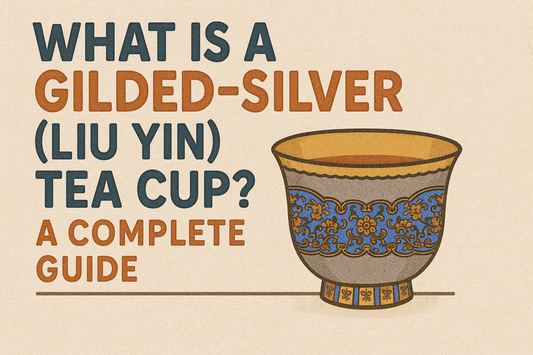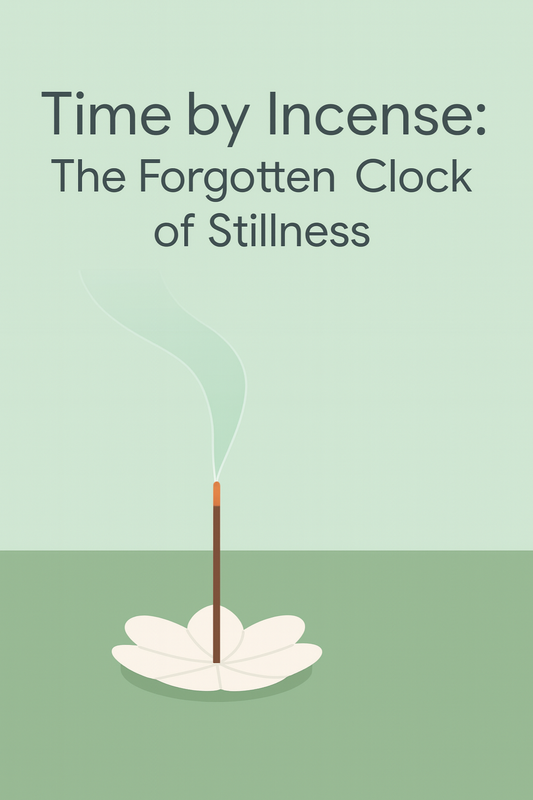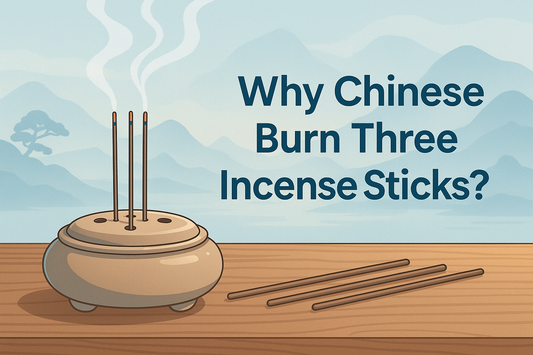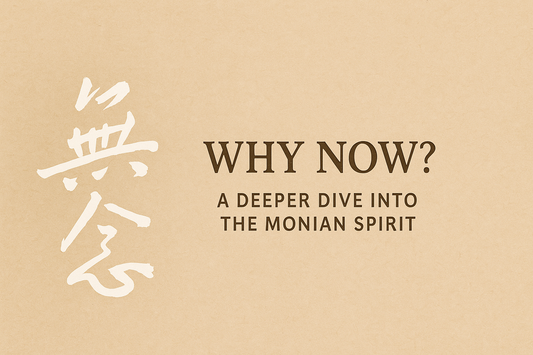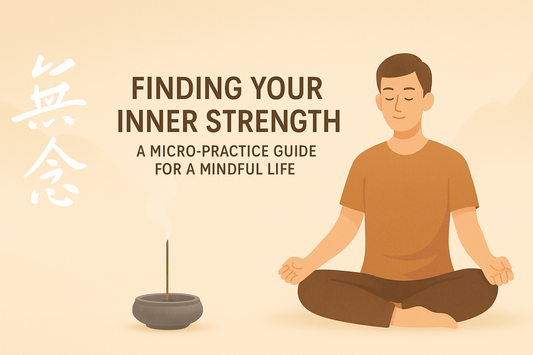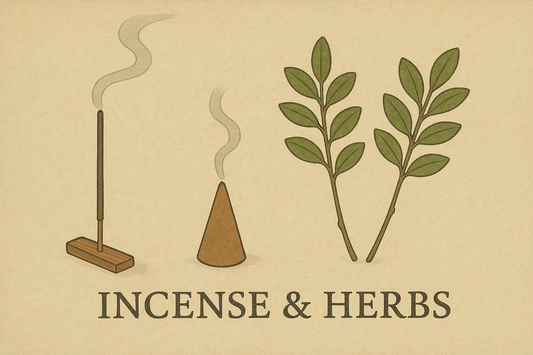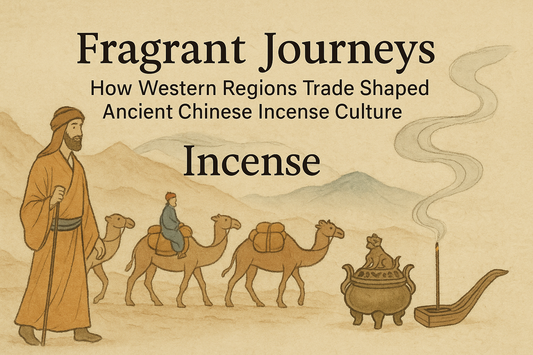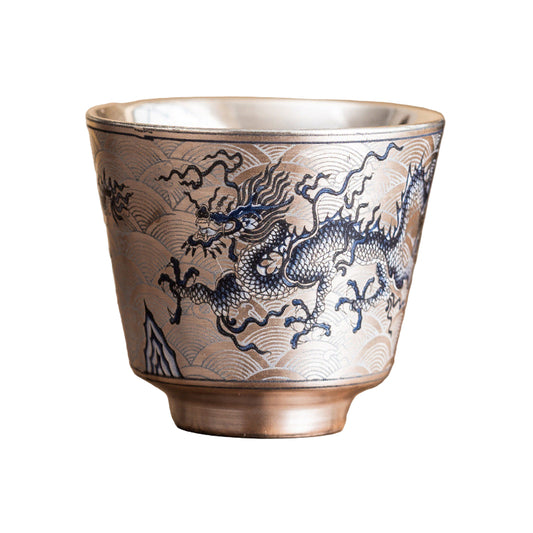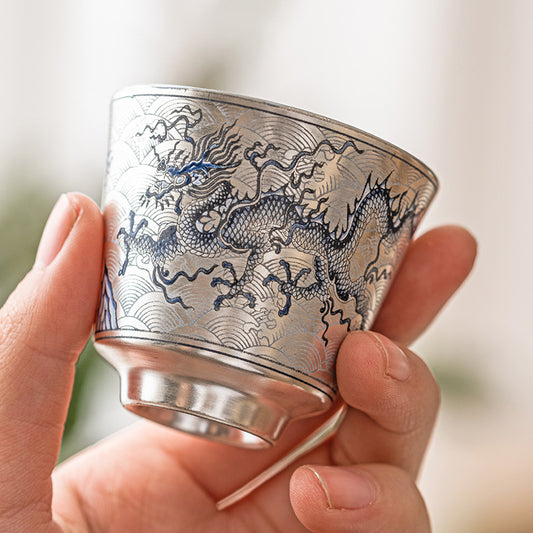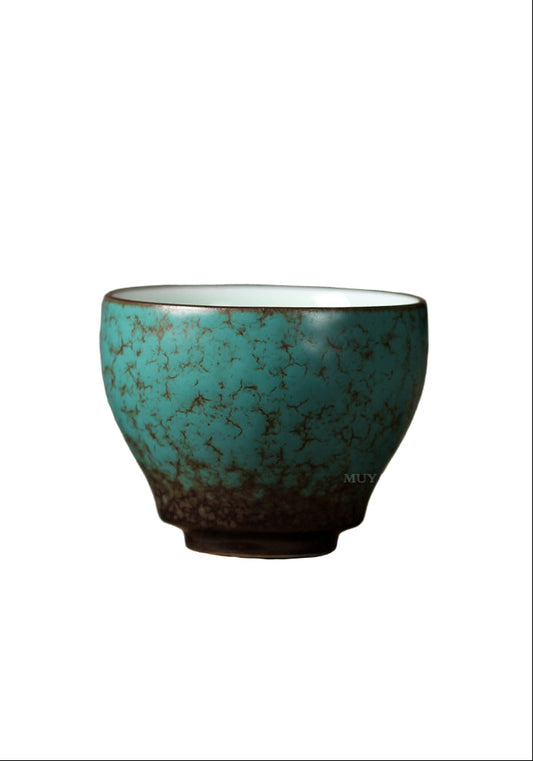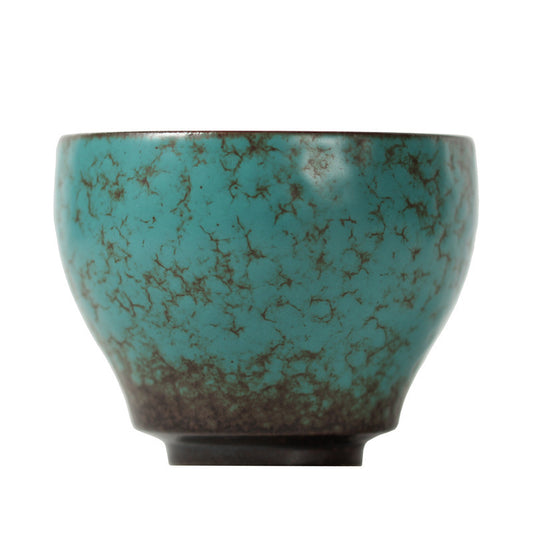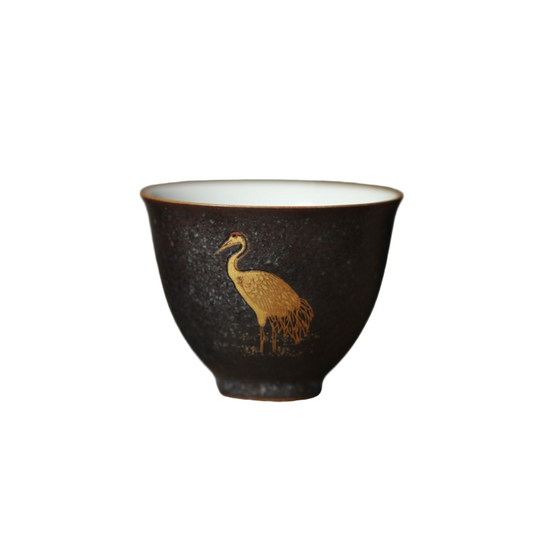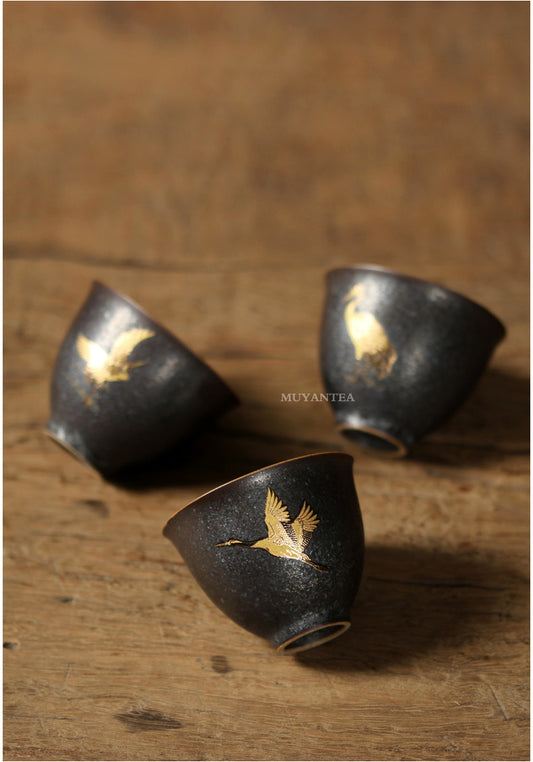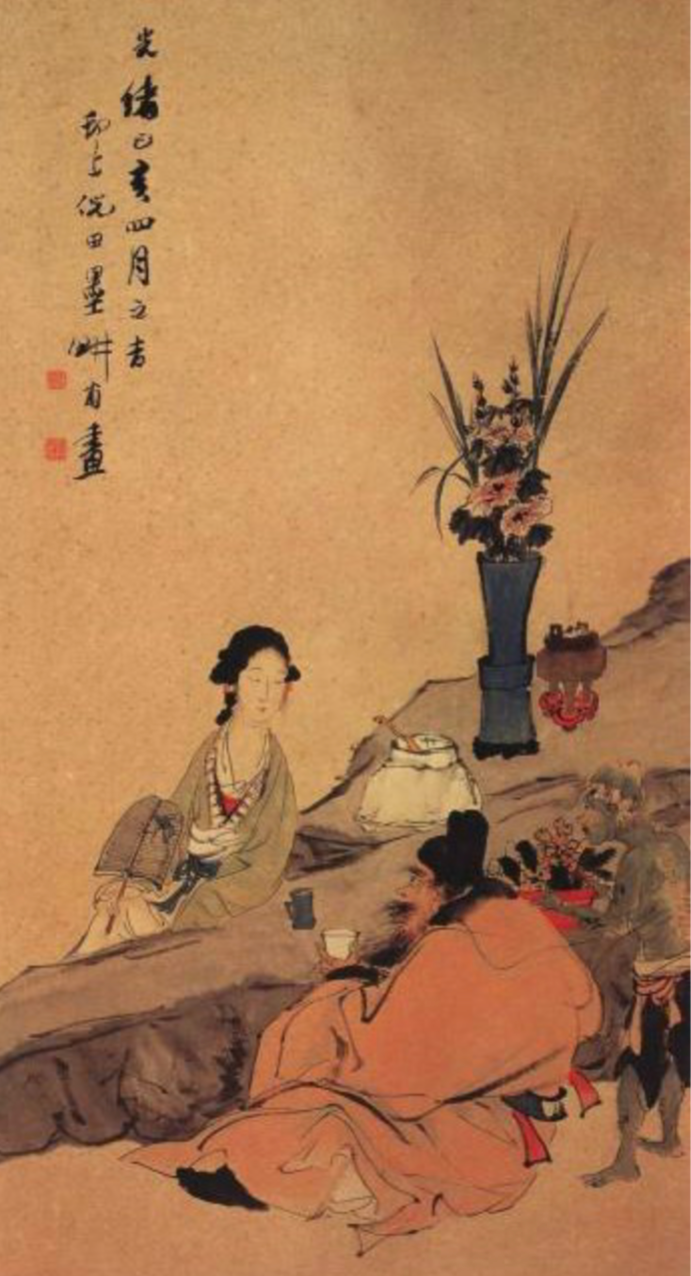
Ancient Fragrance, Everyday Tranquility: A Cultural Reflection on Incense in Chinese Daily Life
When incense is mentioned, many picture grand temples or ancestral halls shrouded in misty fragrance. Yet in ancient China, incense was far more than a ritualistic offering—it was a gentle companion in daily life, shaping a culture of stillness and refinement.
Long before global trade brought diversity, incense in China was rare and precious. True aromatic woods and resins—like agarwood, frankincense, and spikenard—were not native to the land. They traveled far across deserts and seas, arriving as tribute or exotic trade. For centuries, incense was a treasure of palaces and aristocrats, a distant luxury from the lives of common folk.
But as maritime routes opened in the Song and Ming dynasties, incense became increasingly woven into the everyday—warming garments, cleansing spaces, adorning skin, and soothing the mind.
Scented Spaces: The Art of Burning Incense
In the early dynasties, incense smoke drifted through court chambers and noble homes, not only to purify but to perfume. Elaborate incense burners shaped like ducks or lions—called "fragrant ducks" or "golden beasts"—graced writing desks and bedchambers.
Clothing was often fumigated in fragrance. Special towers were built to smoke robes with delicate scents. Ancient poems speak of cold nights warmed by soft robes and gently burning incense, casting an amber glow in silk-draped rooms.
Burners took many forms: bronze mountain-shaped censers, gold-wrought domes, or delicate bamboo frames. Incense was not only a fragrance—it marked time, it signified presence, it transformed space into sanctuary.
Wearing Scent: The Charm of Incense on the Body
Beyond burning incense, fragrance was worn. Women tied scented sachets around their waists, filled with crushed resins and dried petals. These sachets, called xiangnang, served as both adornment and protection—warding off sickness and bad fortune.
Some infused their clothes with incense. Others carried small fragrant balls in carriages, so that as noblewomen passed by, a cloud of scent lingered in their wake. Fragrance became not just something one wore, but something that preceded presence and lingered after absence.
Anointing the Self: Fragrance as Gentle Ritual
There were incense powders for the skin, fragrant oils for the hair, and even perfumed mouth lozenges. Some formulas were medicinal, others purely aesthetic. A single aromatic ball might keep one’s breath fresh for days, or render the skin delicately perfumed for weeks.
These were not indulgences. They were subtle acts of self-respect. In a culture that prized harmony between body and spirit, scent became a quiet offering to oneself.
Incense as Medicine and Timekeeper
Incense also carried therapeutic purpose. Ancient physicians hung herbal sachets to prevent illness or used incense smoke to treat wounds and clear stagnant qi. Medical texts recorded complex incense prescriptions involving agarwood, sandalwood, and clove.
In temples and homes, people measured time through incense clocks—powder trails pressed into patterns, slowly burning across the hours. The scent marked each passing moment with softness, not sound.
Embodied Elegance, Everyday Use
From royal courts to common homes, incense evolved from privilege to practice. Whether burning to greet the morning, purifying a room after rain, or calming the mind before sleep—incense found its place in the quiet rituals of life.
At Monian, we continue this lineage. Our natural incense blends echo these ancient customs—not as reenactment, but as living tradition. In each stick, a return to presence. In each fragrance, an invitation to pause.
Frequently Asked Questions
Was incense only used in temples in ancient China?
No, incense was used for personal hygiene, healing, home rituals, and even timekeeping in ancient China.
What were ancient incense burners like?
Incense burners came in many forms—bronze mountains, gold censers, animal shapes—each reflecting cultural aesthetics and function.
How was incense worn on the body?
Through sachets, scented powders, and perfumed oils. It was both decorative and symbolic, offering protection and refinement.
What is incense timekeeping?
Incense was pressed into shapes and burned to track time, especially in temples. These “incense clocks” were used as daily timers.
Does Monian’s incense reflect these traditions?
Yes. Our incense honors ancient methods using natural materials, inviting calm and presence into the modern home.


